
AeroGenie — あなたのインテリジェントな副操縦士。
現在のトレンド
Categories
Fokker Services Group Appoints New Supervisory Board

Fokker Services Group Establishes New Supervisory Board
Fokker Services Group, a prominent provider of aircraft maintenance, modifications, completions, and conversions, has announced the formation of a formal Supervisory Board, effective from 1 July 2025. This development represents a significant enhancement to the company’s governance framework, assembling a team with extensive strategic, operational, and international expertise drawn from the aviation and industrial sectors.
Leadership and Board Composition
Jan Willem Baud has been appointed as chair of the newly formed Supervisory Board. Baud brings a wealth of experience from his distinguished career in the Dutch industrial and investment sectors, having held senior roles including Managing Director and board member positions across engineering, investment, and non-profit organizations within the Netherlands.
Joining Baud are Pieter Elbers, Joanne Kellermann, and Rosen Jacobson. Elbers is a notable figure in global aviation, currently serving as President and CEO of IndiGo and formerly holding the same position at KLM Royal Dutch Airlines. Kellermann contributes deep governance expertise from her work with private and non-profit financial institutions, including Pensioenfonds Zorg en Welzijn and the Supervisory Board of NWB Bank. Jacobson is recognized for his focus on innovation and sustainability, as co-founder and co-CEO of Elysian Aircraft and a board member of Panta Holdings.
Industry Context and Challenges
The appointment of the Supervisory Board occurs amid significant challenges within the aviation services sector. A recent report by Nareru Group Inc. highlights issues such as declining workforce utilization ratios and elevated turnover rates, factors that may complicate Fokker Services Group’s efforts to implement its new governance structure and strategic initiatives.
Market analysts observe that leadership transitions of this magnitude can affect stakeholder confidence and provoke market reactions. Comparable situations have unfolded in the sector, exemplified by the recent departure of HHLA’s CEO following disputes between the board and shareholders, which attracted considerable market attention. Competitors may also respond strategically, potentially seeking to exploit any uncertainties or shifts in Fokker’s operational focus during this period of transition.
Despite these challenges, the expertise embodied by the new Supervisory Board is expected to provide robust guidance. The board’s combined knowledge in aviation, finance, innovation, and sustainability positions Fokker Services Group to navigate the complexities of the evolving global market and support its ongoing growth and adaptability.
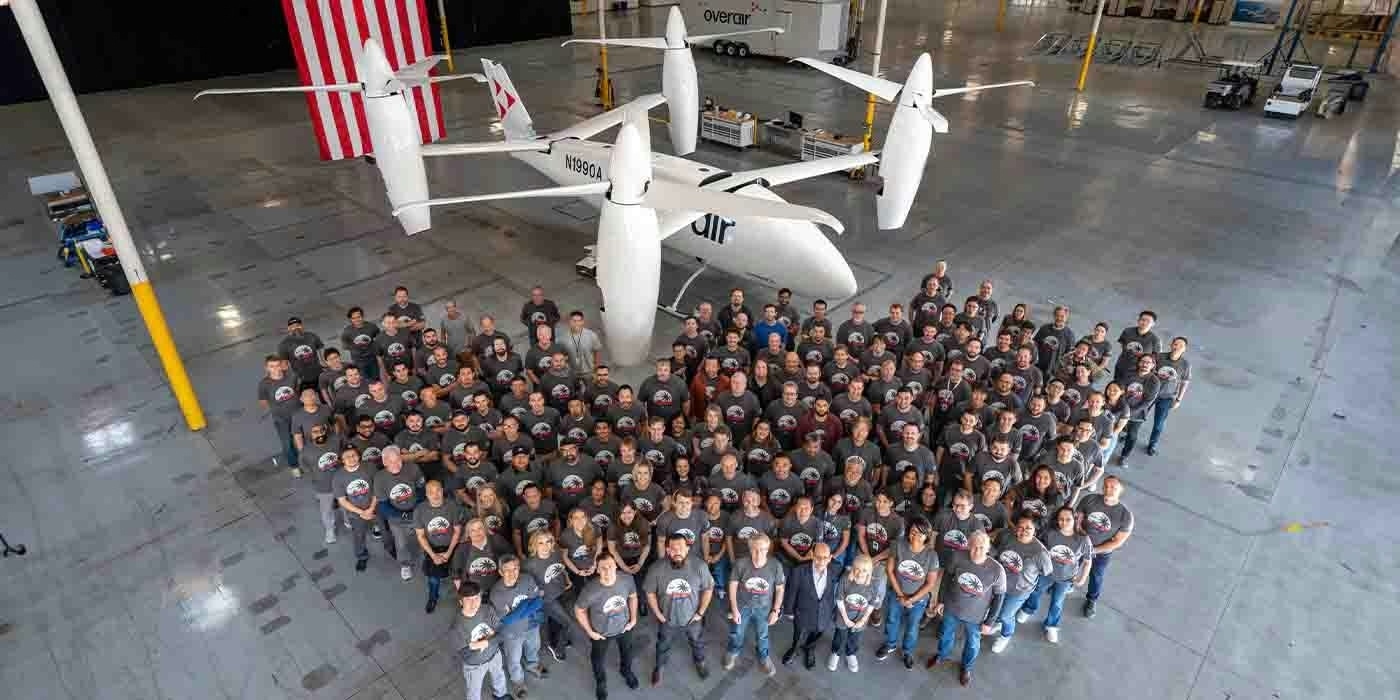
Unique mixed-propulsion eVTOL completes transition flight testing
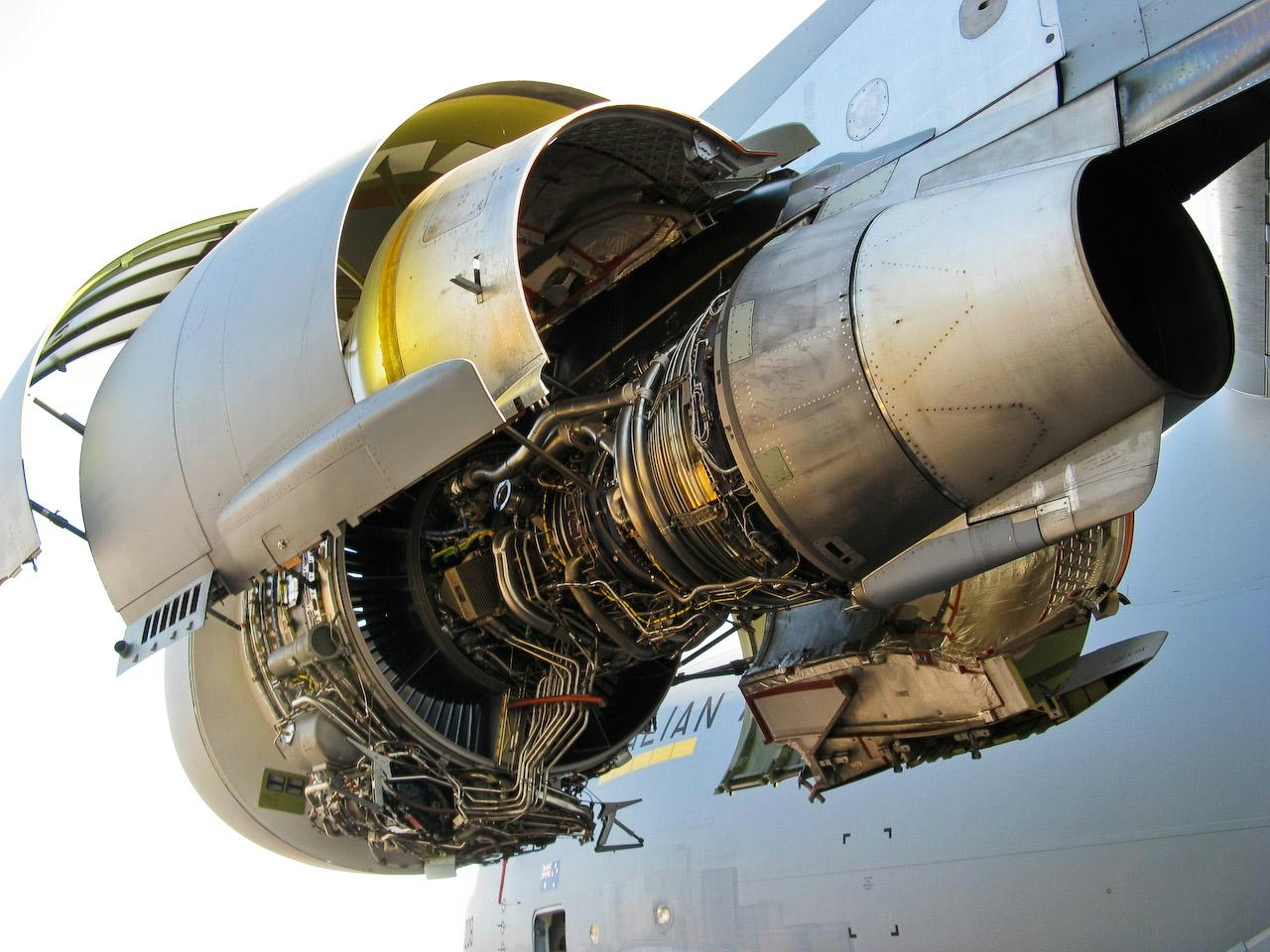
Are C-17 Globemaster Engines Derived from Boeing 757?

Why the Airbus A350’s Cabin Is Quieter Than Other Aircraft
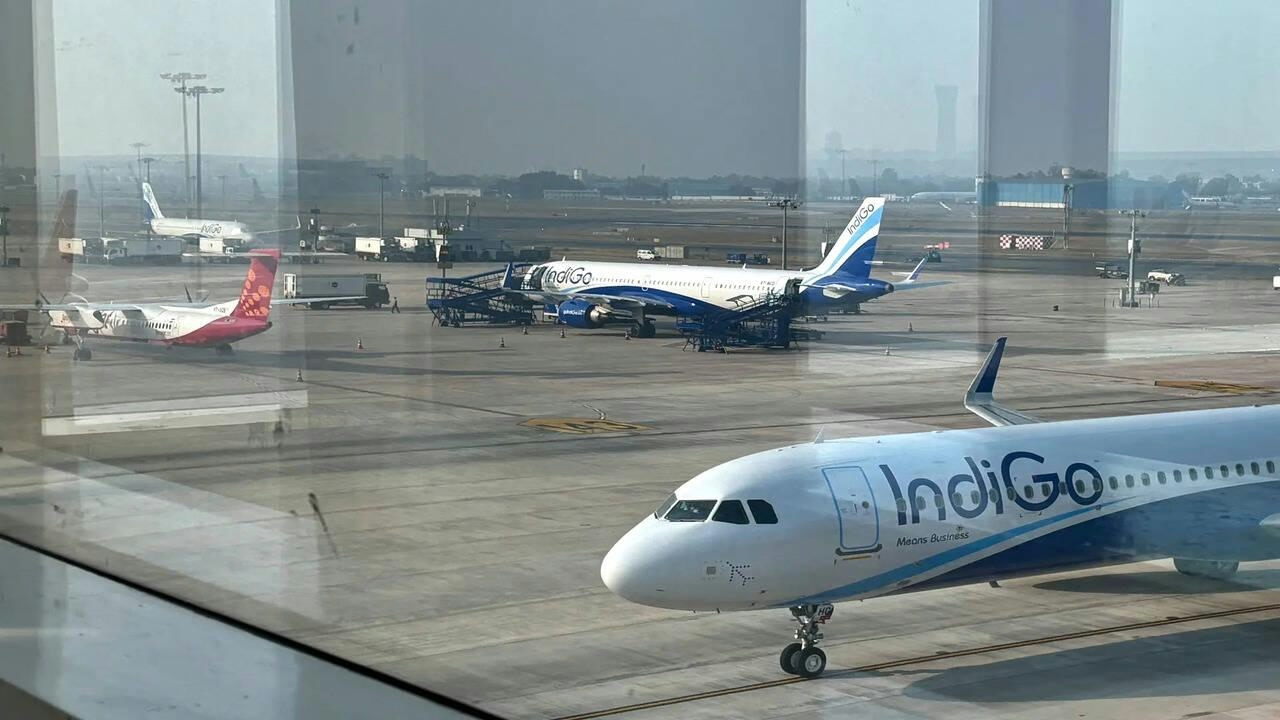
AI and AI Express Plan to Increase Capacity Amid IndiGo Flight Disruptions
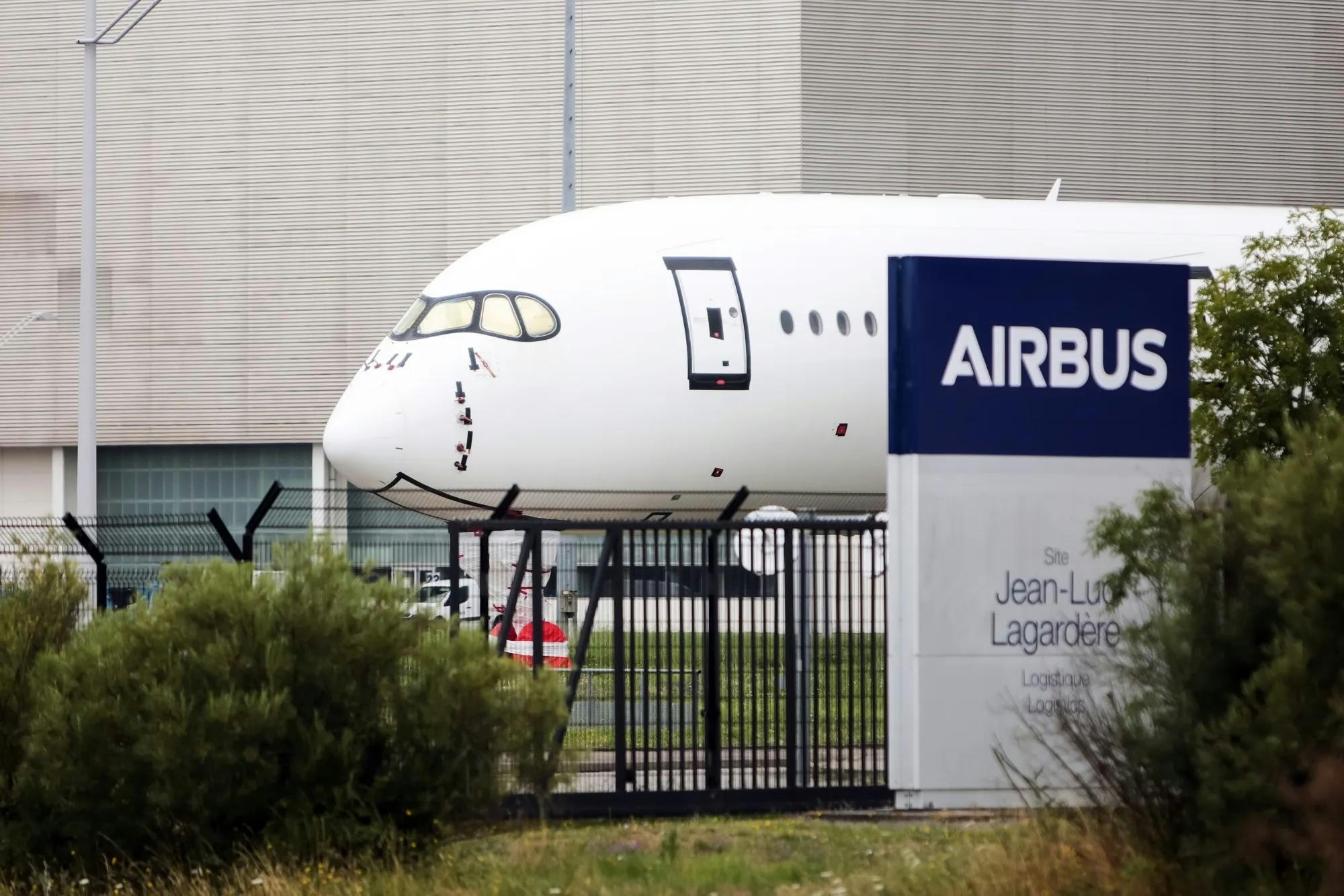
Kazakhstan and France Agree on Airbus Aircraft Deliveries

Europe’s Emerging Talent Drives Aviation Innovation
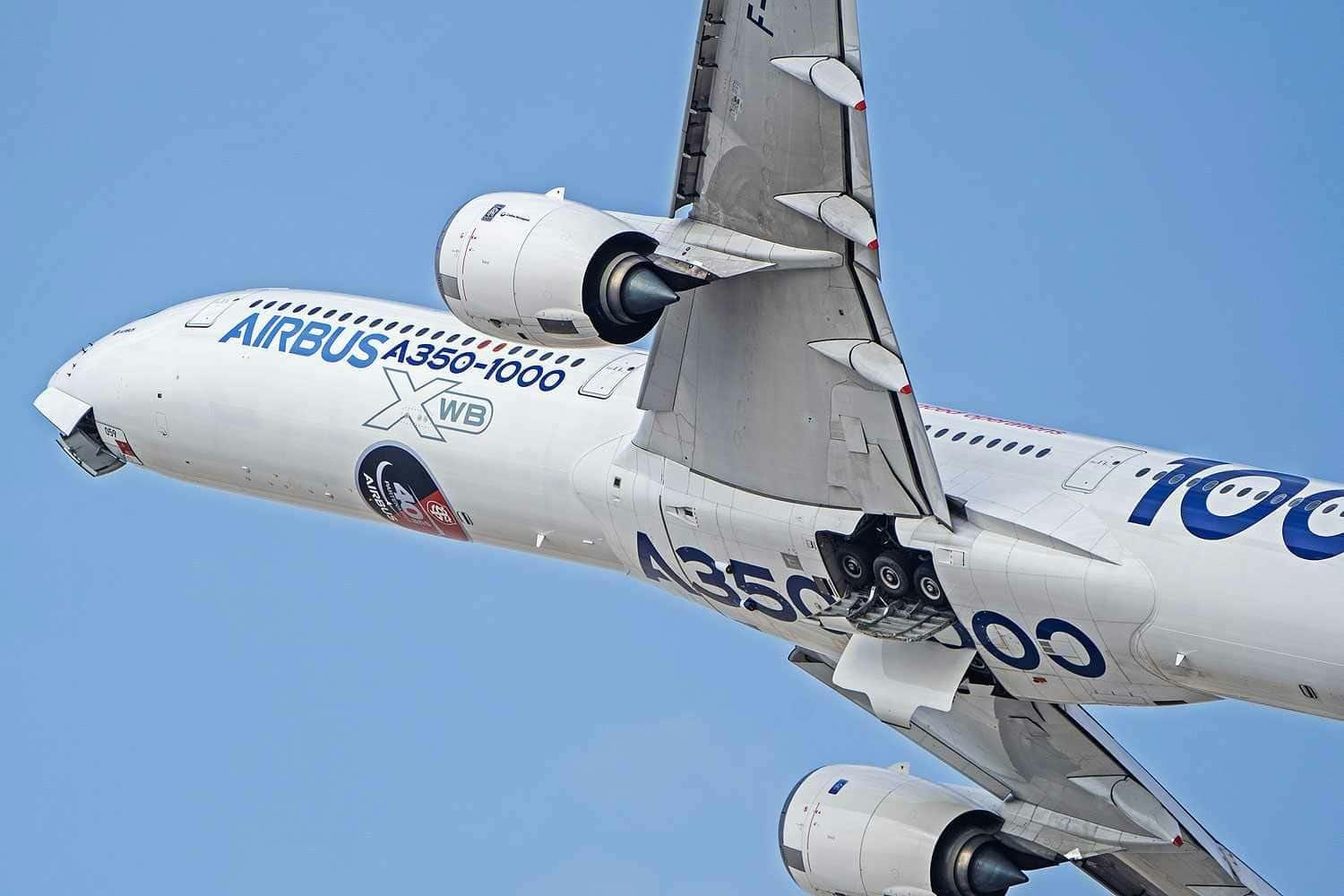
Airbus Receives New Order for A350-1000

The Leading Widebody Aircraft in Service Today
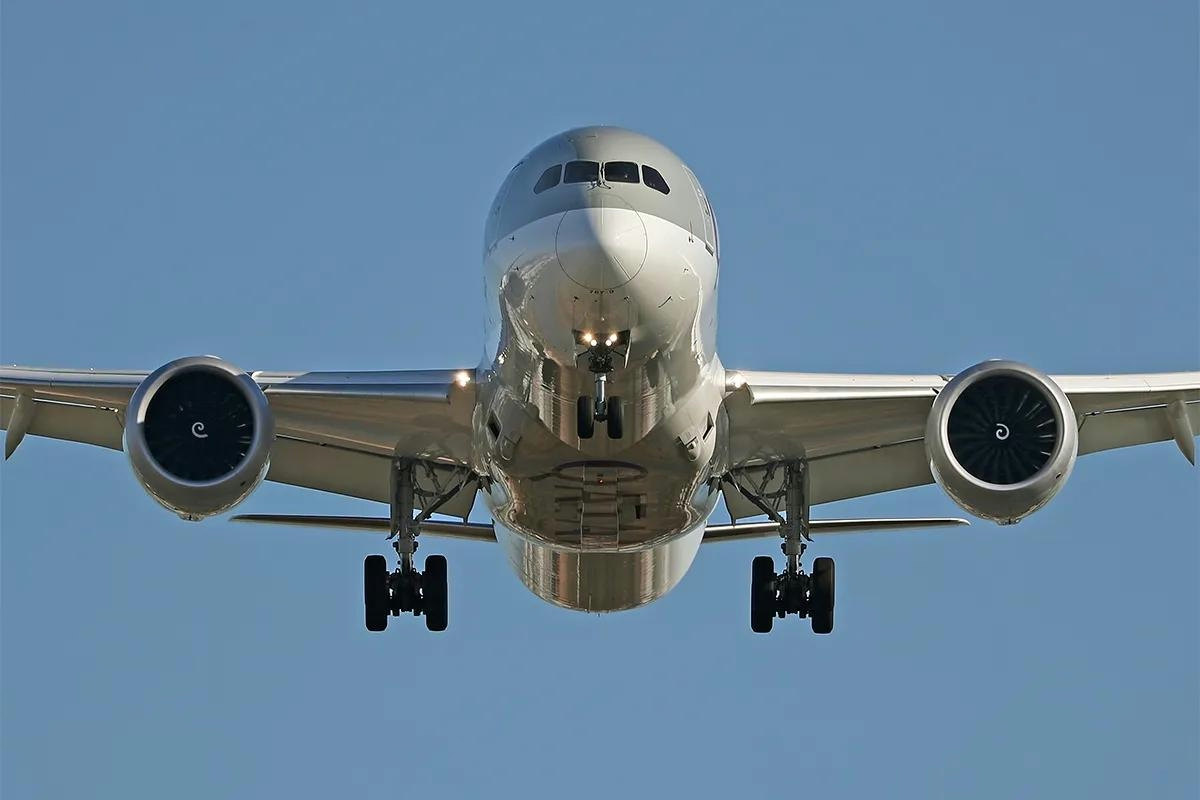
The Fastest Boeing Jet Currently in Service
